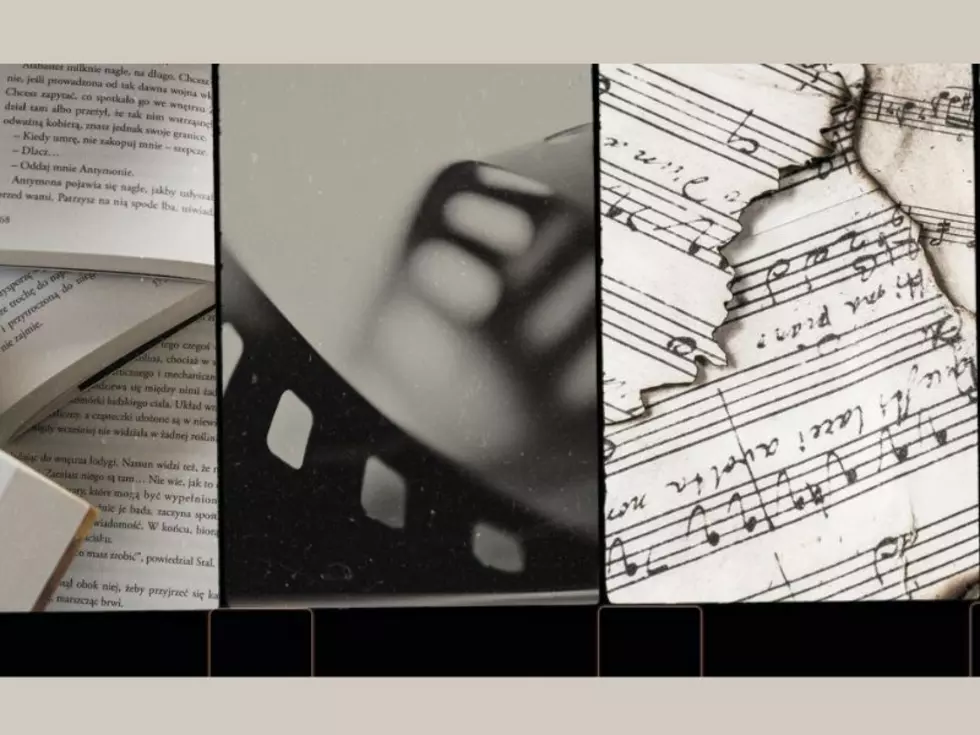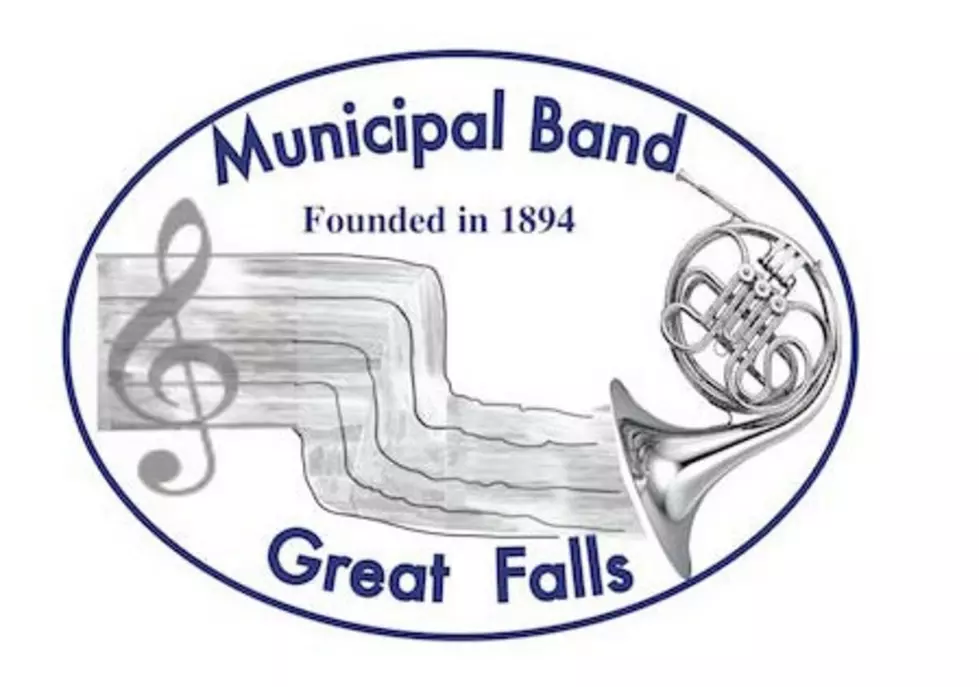
Buying a Computer? Think About This! Part 3
Hello again, and welcome to Part Three of my attempt to demystify buying a computer or tablet for the non-techie.
Part Two: Desktop vs Laptop vs Tablet
Today, I'm going to talk about the hardware specs you'll see when you start shopping, what the important parts of the jargon mean, and what you need to consider when buying.
Again, I'm not making specific recommendations, this is basically a primer on what I think a non-techie buyer should be aware of.
So here we go. When you're browsing computers for sale, either online or in a physical store, you've probably seen details like:
8GB RAM
1TB HDD
512GB SSD
There are others, such as things to do with the processor and graphics, but those need a separate discussion and I will get to them next time. For today, we're going to talk about hard drives and memory.
Hard Drives (HDD and SSD):
This is the part used for storage.
HDD is short for Hard Disk Drive, and refers to a stack of wafer-thin metal platters spinning several thousand times per minute. These have been used in computers for decades now, and are what people think of when they picture a hard drive.
SSD stands for Solid State Drive. It's a newer technology, and as the name implies, it is solid and has no moving parts. That means it's quieter, generates less heat (heat is bad for computer components, so the less heat, the better), and is less prone to a mechanical failure.
If you've ever grumbled about how long it takes your computer to start up, listen up. For most people, the main advantage of SSDs over HDDs is that they start up very quickly. A computer using a SSD can go from completely powered off to up and running in about a minute.
With that in mind, let's shift gears and talk size and use.
Most drives you will come across these days have their capacity measured in Gigabytes (GB) and Terabytes (TB). 1 Terabyte is equal to 1024 Gigabytes, but for simplicity's sake, it usually gets rounded down to 1000.
When determining the drive size you need/want, be sure to consider what the machine will be used for. Video games and video editing are notorious for how much space they can take up on a hard drive. So if you have reason to think it will be used for either purpose, consider investing in a bigger drive.
RAM/Memory:
Here's the basic difference between memory and a hard drive. A hard drive is a file cabinet, while memory is a Post-It note. It's meant for information needed in the short term or for quick reference, which will be discarded once it's no longer needed.
Like hard drives, memory is measured in GB. My recommendation here is pretty simple. No matter what the computer will be used for, don't go with the lowest number. Splurge a little, and go for the next step up.
Here's why: The computer/tablet will reserve a sizable chunk of memory to run itself, and the user gets the rest for what we are doing. The more memory, the more room we have to work with. And things like video games and photo and video editing all need more than the bare minimum of memory.
One Last Thing
One thing I want to touch on before I wrap this up for today. I'm calling attention to the optical drive, better known as the CD, DVD, or Blu-Ray drive. These are starting to go the way of floppy drives, and aren't guaranteed to be there anymore.
Next time, I'll dig into processors and graphics cards. Plus, Windows vs. Apple and Android vs IOS.
More From The River 97.9









